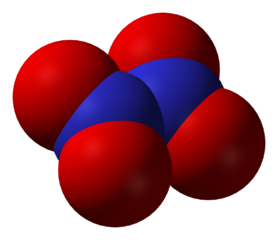10 minutes maximum! Can you do it in 5? |
||||||||||||||||
| 1. When a reaction is in dynamic equilibrium the rate of the forward reaction is the rate of the reverse reaction. | ||||||||||||||||
2. When a reaction is in dynamic equilibrium the concentrations of the reactants and products are always ...
| ||||||||||||||||
| 3. The reaction of anhydrous copper(II)sulfate with water is an example of a reversible reaction: | -sulfate.jpg) |
|||||||||||||||
|
||||||||||||||||
If the reaction moves in the forward direction you will observe ...
| ||||||||||||||||
Q4-5
Select the answer which states and gives a reason for the effect on the yield of ammonia (NH3) of … |
||||||||||||||||
4. ...increasing the temperature:
| ||||||||||||||||
5. ...increasing the pressure:
| ||||||||||||||||
| 6. The decomposition of dinitrogen tetroxide is an endothermic process as bonds are broken.
This is also a reversible reaction and the equation for this reaction is:
What would be the effect on the position of equilibrium of increasing the temperature and of increasing the pressure? |
 |
|||||||||||||||
| ||||||||||||||||
7. Hydrogen and chlorine react in a reversible reaction to produce hydrogen chloride:
|
||||||||||||||||
| If the pressure is increased on this equilibrium system, what will happen to the equilibrium position? | ||||||||||||||||
8. To achieve a high yield (of SO3), what conditions of temperature and pressure would be required?
|
||||||||||||||||
| ||||||||||||||||
Q9-10:
What is the effect on the concentrations of carbon monoxide and hydrogen in the equilibrium mixture of carrying out the reaction at... |
||||||||||||||||
9. ...500oC?
| ||||||||||||||||
10. ...10atm?
| ||||||||||||||||